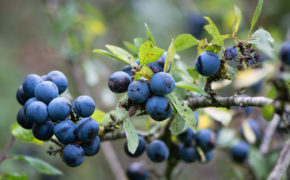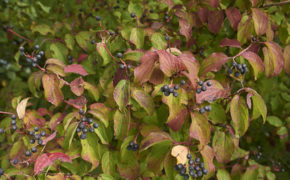
Get a quick no obligation quote It’s free and will only take a jiffy!
Common Box
It’s time to learn more about the common box tree! Here you’ll find tips on how to identify the common box; how to spot typical diseases and pests and the best way to prune and care for your common box. Read on to discover more!
Common box is a large, evergreen UK-native shrub found mainly in the south of England around Box Hill in the county of Surrey and throughout the North Downs, the Cotswolds and the Chilterns. Common box tends to be slow growing but makes for an attractive hedging and topiary plant.
Of the Latin Buxus sempervirens, common box will live for several hundred years and reach heights of 5 metres with regular pruning, or 12 metres if left to grow. The leathery, glossy leaves and small, yellow-green flowers make it particularly attractive.
General Facts
| Known as | Common box, European box, Abassian boxwood |
| Latin name | Buxus sempervirens |
| Location | UK native, South West Eurasia, North Africa |
| Foliage | Evergreen |
| Lifespan | Several hundred years |
Characteristics
| Height | 5 metres+ |
| Spread | 4-8 metres |
| Appearance | A large, slow-growing evergreen shrub with small, leathery leaves. Compact in habitat, the bark is smooth and grey and green, downy stems. |
| Leaves | Leaves are oval measuring 10-25mm in length. Shiny, leathery, waxy and dark green, the leaves are formed on short stalks. |
| Flowers | Male and female flowers appear on the same tree during the months of April and May. Clusters of yellow-green flowers appear on the leaf axils. |
| Fruit | Flowers are wind pollinated. Female flowers transform into green, dry capsules and ripen to brown, woody seed cases. |
| Found in | Hillsides, woodland, scrub, formal gardens, parks |
Conditions
| Ideal soil | Moist but well drained chalk, clay, sand or loam |
| Soil pH | Acid, alkaline, neutral |
| Aspect | North, south, east or west facing |
| Exposure | Sheltered or exposed |
Threats
| Pests | Box sucker, mussel scale, box red spider mite |
| Diseases | Leaf spot, box blight |
Common Box and Wildlife
Common box is a haven for bees and also offers a sheltered habitat for mammals, insects and small birds.
Common Box Symbolism and History
Common box was traditionally considered a sombre plant. In some areas, box sprigs were handed to mourners at funerals to thrown onto the coffin.
The Importance of Common Box Trees
Common box timber is used widely in wood engraving being of fine texture and hard. It is also used to make violin pegs and musical instruments.
Hedging and topiary are the main uses for common box and you will often find mazes grown from this plant.
Caring for a Common Box Tree
Common box is pruned regularly to maintain its shape and appeal as a hedging or topiary plant. As a slow growing shrub it doesn’t need too much other than periodical tidying up.
It is however vitally important to carry out any common box pruning at the right time of year. All evergreen shrubs are usually best pruned just ahead of the start of their growth cycle in mid-spring. This will take care of any risk of late frost that can harm new shoots, as well as concealing pruning scars by new growth.
Depending on what you are looking to achieve, you will need to adopt a particular approach when it comes to box pruning. For example, if you want to boost the bushy appearance of your common box, you will need to cut it back by up to a third in early May.
The best approach if you want to be sure to achieve your goals for your common box is to call in qualified professionals. Engage a suitably qualified tree surgeon and you will have complete peace of mind that your common box will be pruned to perfection and maintained in the best of health.
For more about common box tree pruning, follow this link.
If you have a common box hedge or tree that could do with some expert care and attention, why not contact T.H. Tree Services? As highly qualified and long term experienced tree surgeons, we can offer exceptional knowhow across all aspects of common box tree care. For a free, no-obligation quotation, call us on 01268 642814 or get in touch here.
Had a fallen tree in the early hours of Monday morning, called for quote and the team had it cleared on the same day. Really good communication when the lads were onsite and did a great job. Lots of pride in their work shown with the thorough clear up. Would thoroughly recommend.
Thank you Stuart for your kind review. We were glad to be able to help you with your fallen tree. If there's anything else you need in the future, please don't hesitate to get in touch.








